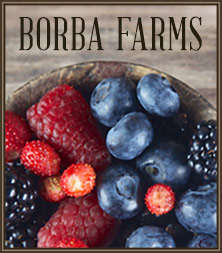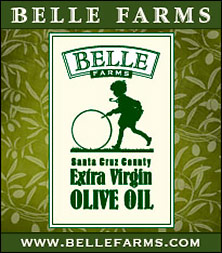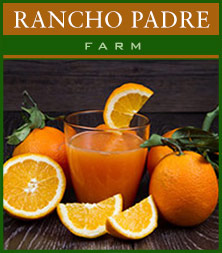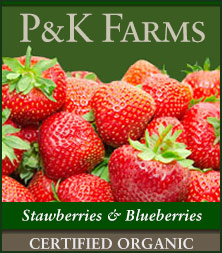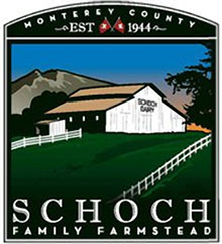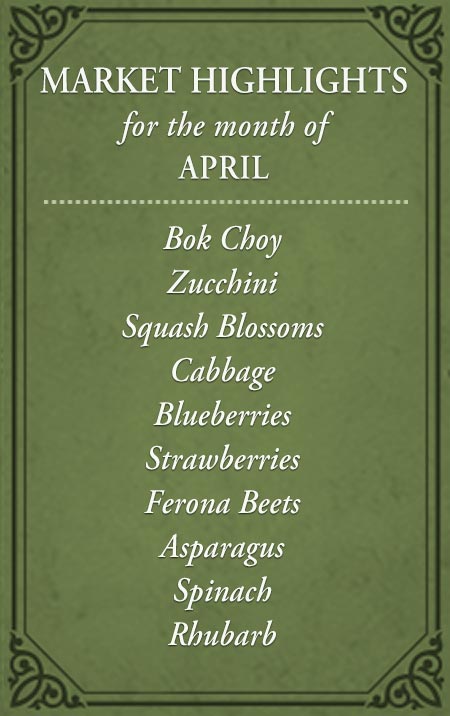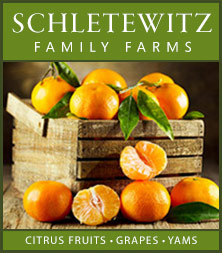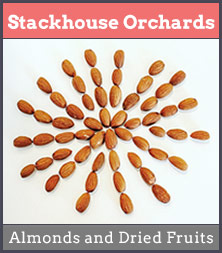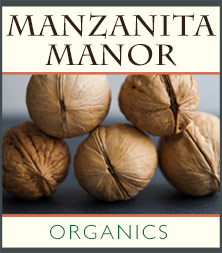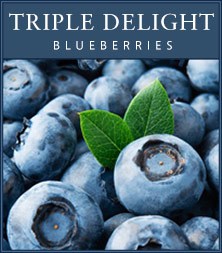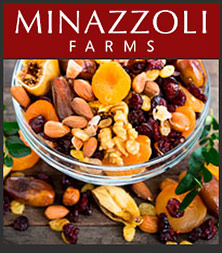The Meyer lemon owes its presence in the U.S. to a USDA agricultural explorer named Frank Meyer, who discovered it in 1908 during one of his expeditions to Asia to collect new plant species. Among the 2,500 plants he introduced to the U.S. was the unusual thin-skinned, lemon-mandarin orange cross, which became the Meyer lemon, named in his honor. The Meyer lemon tree was introduced into the citrus growing areas of Texas, Florida, and California, but its delicate skin and high juice content made it highly perishable and too fragile for national commercial distribution. Though in its earlier days, it did not make it into national distribution supply chains, it became a prized backyard tree of home gardeners in the citrus belt who loved its aromatic scent and slightly sweet fruit.
In the 1940s, California Meyer lemon trees were discovered to be symptomless carriers of a lethal Tristeza virus, which also threatened the golden state’s entire citrus industry, and most were destroyed. Luckily, the California Department of Agriculture identified some virus-free stock at Four Winds Growers, a Fremont nursery. Their Meyer lemon tree bud wood became the foundation stock for the newly developed “Improved Meyer Lemon” tree that we know today. Four Winds Growers is still California’s, if not the nation’s, leader in propagating and selling the Improved Meyer Lemon dwarf tree.
Though the Meyer lemon did not initially enjoy national popularity, it became the darling of local farmers’ markets in citrus-growing regions. However, over the past few years, the popularity of the Meyer lemon has grown significantly in culinary circles due to television food show chefs singing its praises to home cooks and including Meyer lemons in recipes.
The Meyer lemon is definitely its own distinctive fruit and is not to be confused with other lemons. It’s sweeter and less acidic than other lemons with a thin, edible skin and a distinctive floral fragrance. It can be used for sauces, desserts, salads, and roasts, or wherever you normally use lemons.
The whole fruit, chopped-up skin and all, can be used in cakes, muffins, and other desserts. Grate the aromatic zest over steamed veggies or pasta dishes to add spark. And, Meyer lemons make one of the finest lemonades you’ll ever drink and requires much less sugar than lemonade made with tarter Eureka lemons. Although Meyer lemons are in season during the cooler months from November through March, it’s easy to juice them and freeze the juice for warmer months of the year.
How to Select: Choose Meyer lemons that are heavy for their size. The skin should be smooth and will have a bit of a dull finish.
How to Store: Meyer lemons will keep well at room temperature for about two weeks — but for longer storage, place them in a plastic bag in the refrigerator.
Our farmers’ markets offer an abundant supply of Meyer lemons — you’ll find them at Brokaw Ranch Company, Mora Family Farm, Fruit Factory, and Rodoni Farm.
RECIPES: Fresh Lemonade, Lemon Ricotta Pancakes with Raspberries, Lemon Ice Sorbet, Lemon Ice Box Pie, Moroccan Style Salt Preserved Lemons, Tangy Lemon Cream Cake, Meyer Lemon Bars, Meyer Lemon Compote, Minted Meyer Lemon Relish, Rosemary Olive Oil Cake with Meyer Lemon Glaze, Poached Eggs with Asparagus and Meyer Lemon Hollandaise, Meyer Lemon Marmalade, Kale and Sausage Penne with Lemon Cream Sauce, Crispy Greek Lemon Potatoes, Meyer Lemon Chervil Cream Dressing, Crispbreads with Smoked Salmon, Avocado, Lemon and Capers, Lavender Meyer Lemon Madeleines, Lemon Barley Water








